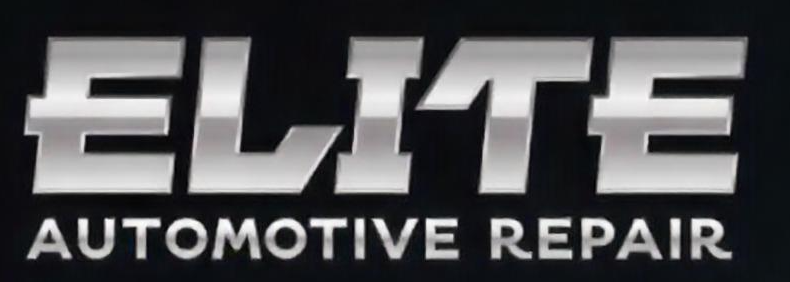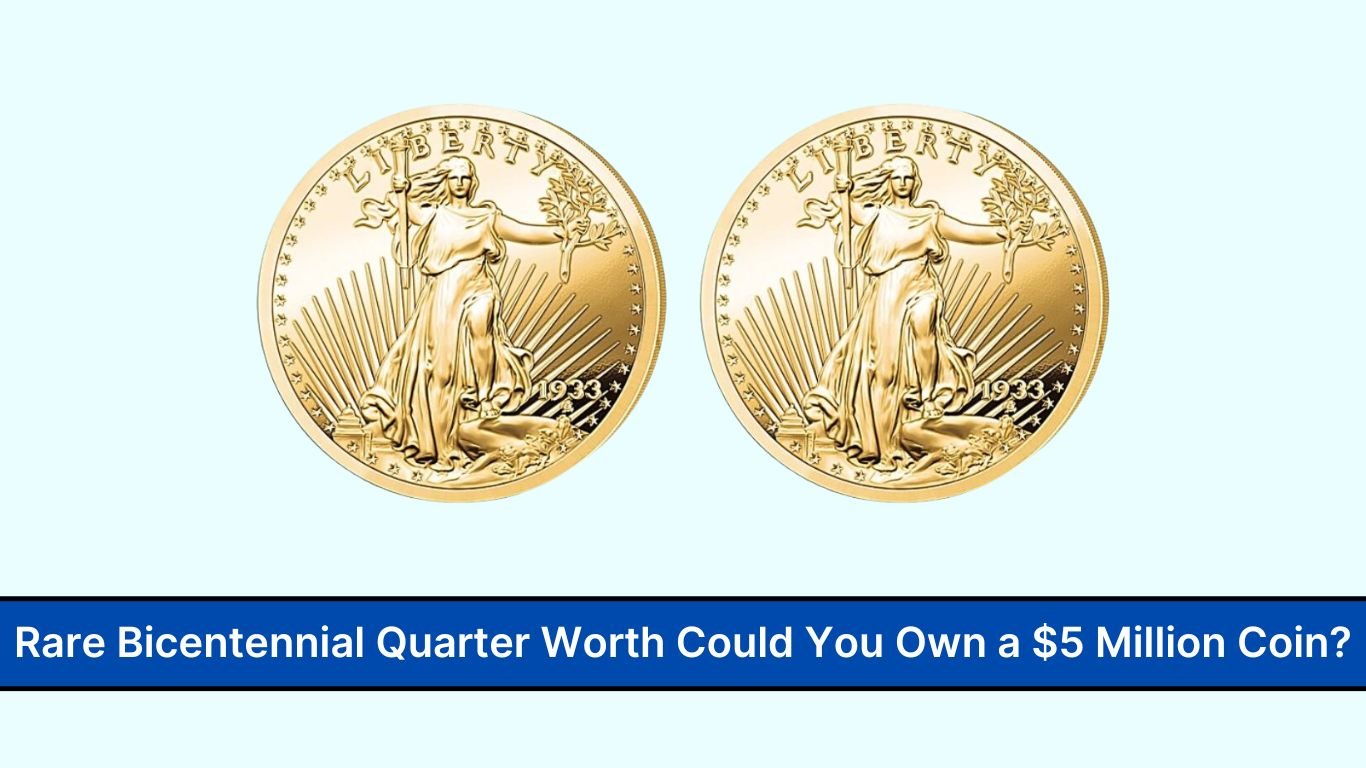The Rare Bicentennial Quarter, rumored to be worth nearly $5 million, has captivated coin collectors worldwide. While most 1776-1976 quarters are common, a select few with minting errors, silver compositions, or rare variants are incredibly valuable. If you’ve ever come across one of these special coins, you might be holding a historical treasure.
This article dives into what makes these Bicentennial quarters valuable, how to identify them, and where to sell them for top dollar.
Key Takeaways
- Most Bicentennial quarters are worth 25 cents, but rare versions can be worth thousands.
- The 1975 No S Proof Quarter is one of the rarest, valued at up to $50,000.
- Minting errors, silver composition, and condition determine a quarter’s worth.
- Professional grading (PCGS, NGC) helps authenticate and increase a coin’s market value.
- With the U.S. 250th anniversary approaching in 2026, demand for rare Bicentennial quarters is rising.
Bicentennial History
The Bicentennial Quarter was introduced in 1975 and 1976 to commemorate America’s 200th birthday. Unlike standard quarters, these coins feature:
✔ Dual Dates (1776-1976) instead of a single year.
✔ A Colonial Drummer Boy on the reverse, designed by Jack L. Ahr.
✔ Minting at Three Locations – Philadelphia (no mint mark), Denver (D), and San Francisco (S).
With over 1.6 billion Bicentennial quarters produced, most are still in circulation today. However, specific versions are worth thousands due to their rarity, errors, or silver composition.
Why Some Are Valuable
Not all Bicentennial quarters are worth more than 25 cents, but certain factors can drastically increase their value:
1. Minting Errors
Coins with mistakes during production become highly sought-after by collectors. Look for:
- Double Strikes – The coin was struck twice, leaving overlapping designs.
- Off-Center Strikes – Misaligned minting, cutting off part of the design.
- Wrong Planchet Errors – A quarter struck on a nickel or other metal.
2. Silver Composition
Most Bicentennial quarters are copper-nickel clad, but collector versions were made with 40% silver. These are significantly more valuable.
3. Uncirculated Condition
The condition of a coin plays a major role in its worth. Grading services like PCGS and NGC assess coins on a scale from 1 to 70 (MS-70 is flawless). Mint State (MS) coins are worth more than heavily circulated ones.
Most Valuable Quarters
Some Bicentennial quarters have sold for thousands at auctions. Here are the most valuable ones:
1976 Silver Proof
✔ Made with 40% silver.
✔ In high grades, worth $500 to $2,000.
1975 No S Proof
✔ A San Francisco Mint Proof Quarter with a missing “S” mint mark.
✔ Only a few exist, with values between $25,000 and $50,000.
Error Quarters
✔ Double Die Quarters (where the design appears twice) have sold for $2,000+.
✔ Off-center strike coins can be worth $500 to $3,000.
1976 Denver or Philadelphia Mint Errors
✔ Coins missing details due to weak strikes can be worth hundreds to thousands of dollars.
Debunking Myths
The internet is full of wild claims about Bicentennial quarters being worth billions. Here’s the truth:
🚫 No Bicentennial Quarter has sold for $1 billion.
🚫 Most are only worth face value unless they have errors or are silver.
🚫 Only high-grade, rare error coins sell for thousands.
The most expensive U.S. coin ever sold is the 1794 Flowing Hair Silver Dollar at $10 million. While some Bicentennial quarters are valuable, they won’t reach billion-dollar prices.
Identifying Rare Quarters
Wondering if your Bicentennial quarter is valuable? Here’s how to check:
1. Test for Silver
✔ A 40% silver Bicentennial quarter won’t stick to a magnet.
✔ Check the edge—silver coins have a solid silver edge, while regular coins show a copper stripe.
2. Check Mint Marks
✔ San Francisco Mint: “S” proof coins are often silver.
✔ Denver & Philadelphia: Some rare errors exist from these mints.
3. Look for Errors
✔ Examine the letters and drummer design for doubling or missing details.
✔ Compare it with a regular Bicentennial quarter to spot differences.
4. Condition Matters
✔ Coins in Mint State (MS-65 or higher) are worth significantly more.
✔ Get your quarter graded by PCGS or NGC for an official valuation.
Where to Sell
If you own a valuable Bicentennial quarter, here’s where to sell it:
✔ Coin Dealers – Professionals can evaluate and offer market prices.
✔ Online Marketplaces (eBay, Heritage Auctions) – Reach collectors worldwide.
✔ Numismatic Auctions – High-value error coins often sell for premium prices.
✔ Coin Shows – A great place to get professional opinions and network with collectors.
Two Value Factors
The two biggest factors in determining a Bicentennial quarter’s worth are:
1. Minting Errors
✔ The rarer the mistake, the higher the value.
✔ Double-struck, off-center, and misprinted quarters can be worth thousands.
2. Silver Composition
✔ Silver Bicentennial quarters are automatically more valuable.
✔ Higher grades (MS-65 and above) fetch top dollar.
Future Value
As the United States approaches its 250th anniversary in 2026, interest in Bicentennial quarters is expected to grow.
🔹 Rare silver and error quarters may increase in value.
🔹 Coin collectors are seeking high-grade versions for their collections.
🔹 Now is a great time to check your coins before values rise further.
Final Thoughts
The Rare Bicentennial Quarter is a fascinating piece of U.S. history that continues to intrigue collectors. While most are common, some exceptional versions can be worth thousands—or even millions in extremely rare cases.
If you think you’ve found a valuable Bicentennial quarter, get it professionally appraised. You could be holding a hidden treasure worth far more than 25 cents!

